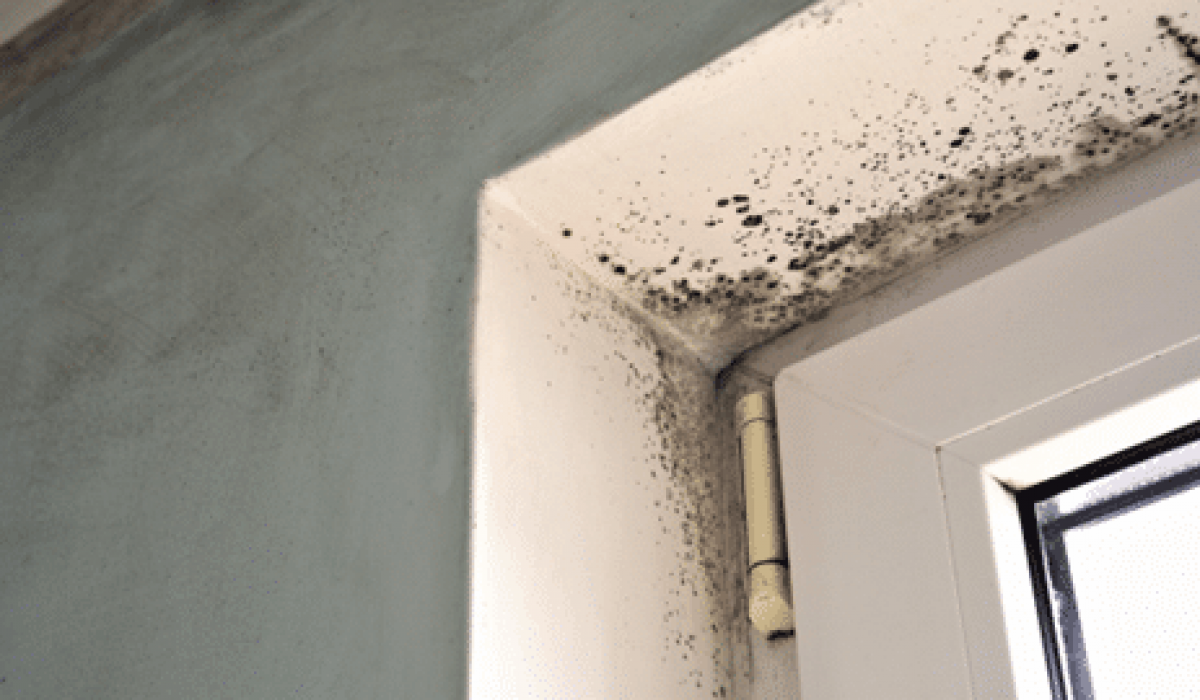Water Damage Basics & How to Prevent Mold
It doesn’t take a flood or a bad storm to cause water damage in your home. A small leak or overlooking a damp cloth can result in some severe destruction, particularly mold. The more you know about water damage, the more you can do to prevent mold from forming and spreading throughout your home or business. Let us help you understand the basics of water damage and how mold forms!
What is Water Damage?
Water damage is any physical property damage caused by direct contact with water. Typically, water damage can result from a natural disaster, a leaking roof, leaking plumbing, or even a burst pipe. In addition, you can spot water damage in a building by any peeling paint, dark spots or wet spots on a wall or ceiling, warped wood, cracked drywall, and even a musty or moldy smell.
If you are already experiencing water damage, acting quickly to remove the water is crucial. Work with an experienced, professional company to help you recover from the damage. Techniques may include moisture readings, drying, disinfection, deodorizing, and leak detection with advanced tools.
- How Can I Prevent Mold from Forming?
If you’ve recently suffered from water damage, your chances of mold developing are relatively high. Even the smallest amounts of water and condensation can cause mold to grow, leading to serious issues in your home and your health. Take these steps to prevent mold from forming:
• Use A Dehumidifier. Mold can live and grow in humid, warm, and wet environments, so a dehumidifier can create a comfortable environment that kills mold-growing bacteria. The dehumidifier will take that warm air out of your home and pump out cooler, drier air, creating an environment where mold won’t be able to thrive.
• Dry Floors and Furniture with Towels. Whether you’ve experienced significant water damage or have spilled a glass of water, dry your floors and furniture as soon as possible. This will remove as much moisture as possible and ensure that only minor damage has occurred. Dry wet areas with dry towels to help absorb the moisture, as anything else may push the water around.
• Disinfect Surfaces. After drying the wet areas, make sure you’re disinfecting the surface with a cleaning solution to kill any bacteria that could help mold grow. Use a consumer-grade disinfectant, as these are most likely to eliminate bacteria from the area.
• Replace Wet Flooring. After extreme water damage, removing and replacing your flooring, especially your carpet, is necessary. This is because it is at high risk for mold growth since it is a soft, warm, and damp environment where mold can thrive. You’ll also want to look closely at stone floors since the grooves can easily trap moisture and grow mold. It may be possible to dry your flooring in minimal water damage situations. If you’re unsure, consult with a specialist for their professional opinion.
• Discard Damaged Items. Like your flooring, in cases of extreme water damage, you’ll likely need to discard items damaged by water. If the water damage has noticeably changed the structure or appearance, it’s a good sign you’ll need to replace it. Pay special attention to furniture items like couches and chairs and look for musty smells.
RestoRite Water Restoration specializes in handling your water damage-related emergencies. We offer 24-hour emergency water extraction services trusted by thousands of homeowners. Our professionals work directly with you and your insurance company to return your home to a safe and dry environment as quickly as possible! Visit our website to learn more, or call (910) 957-6690 to get started today!
Sources:
https://jselabs.com/blog/prevent-mold/
https://cerfplus.org/studio-protector/resources/stopping-a-mold-outbreak-after-water-damage/
https://www.consumerreports.org/mold/how-to-prevent-a-mold-outbreak-a1028957817/

